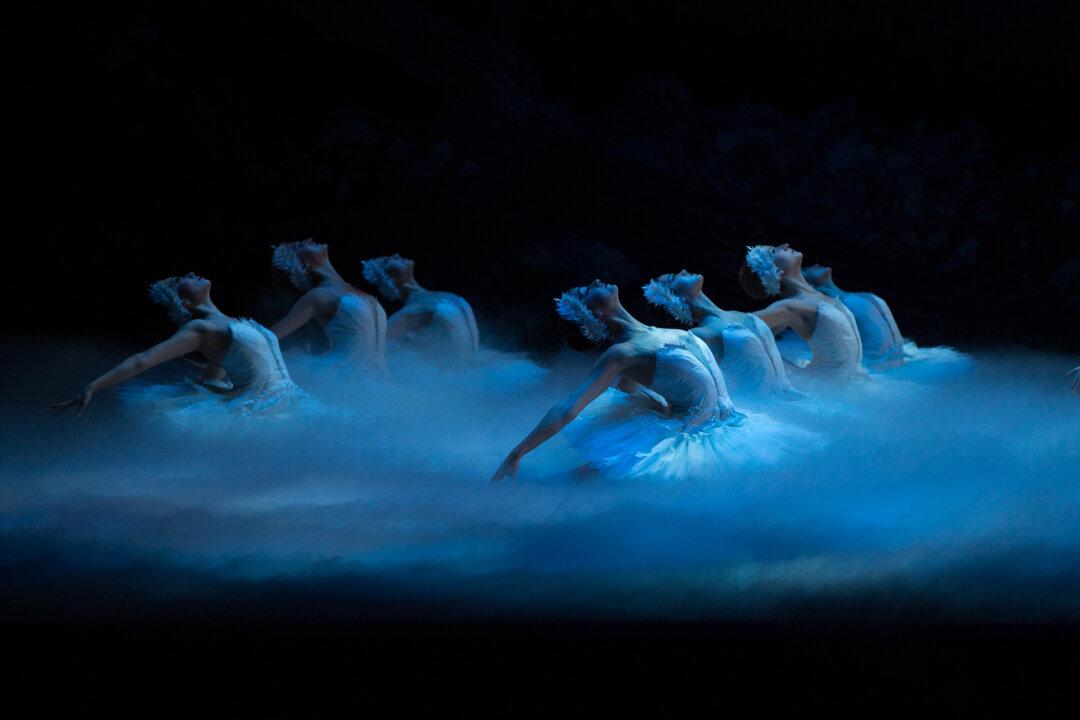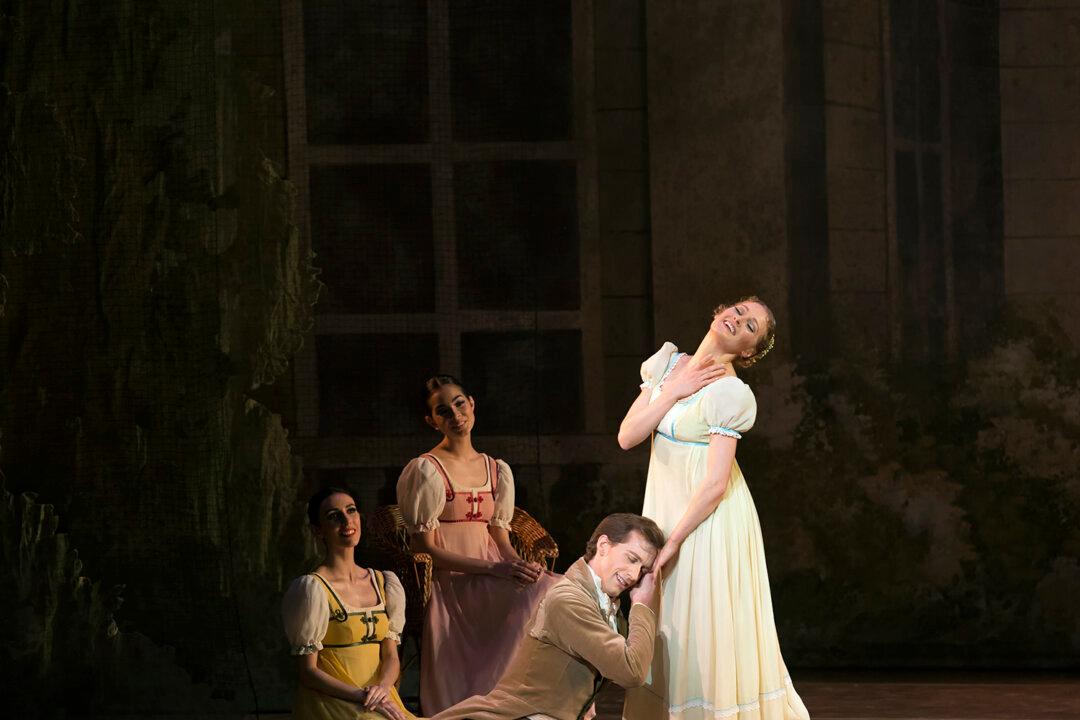BOSTON—“Swan Lake,” the best-loved ballet in the repertoire, is set in both the everyday world and a mythological realm of spells and sorcerers. The music is familiar yet perennially fresh, and the choreography by Marius Petipa and Lev Ivanov, an amalgam of two sensibilities. In many ways “Swan Lake” is a symphony of opposites, its entire conception steeped in contrast.
The Boston Ballet production, which debuted in 2014, underscores such antitheses. Artistic director Mikko Nissinen, who added a number of innovations to the production, said, “I planned it that way.”
Odette wears a white tutu and Odile is dressed in black.


